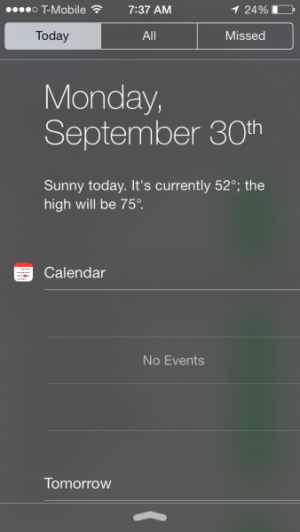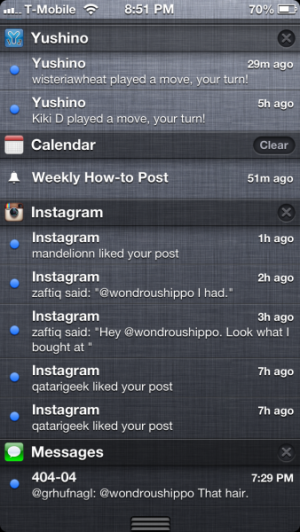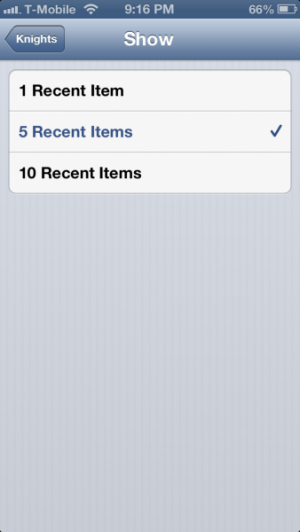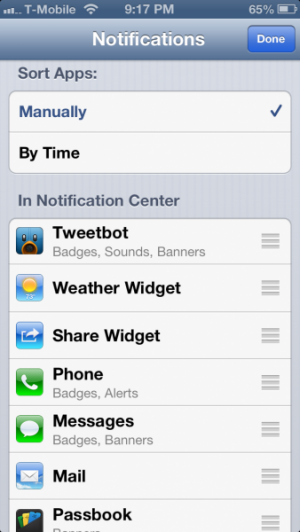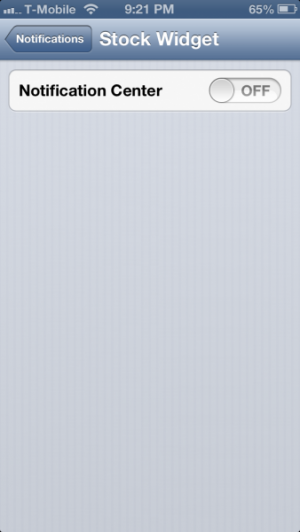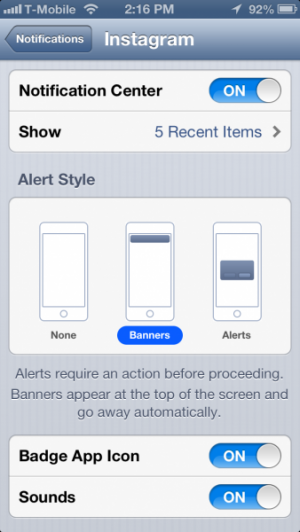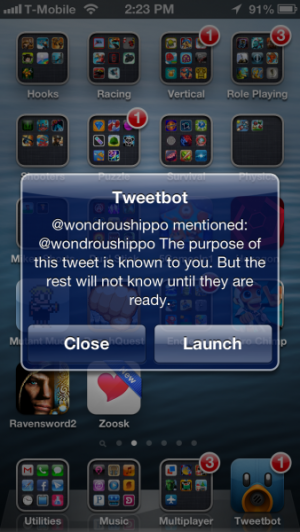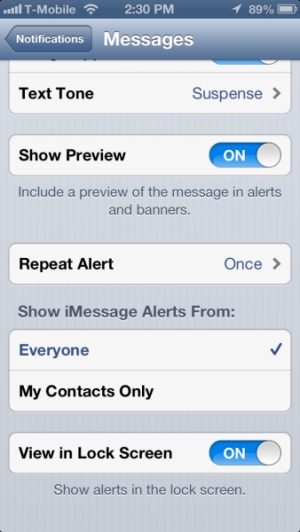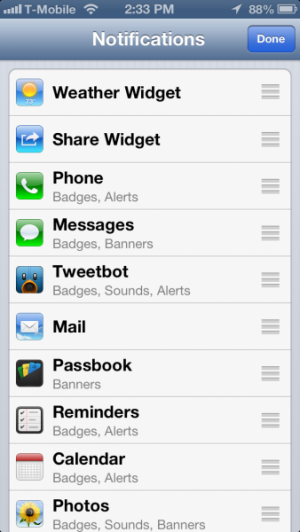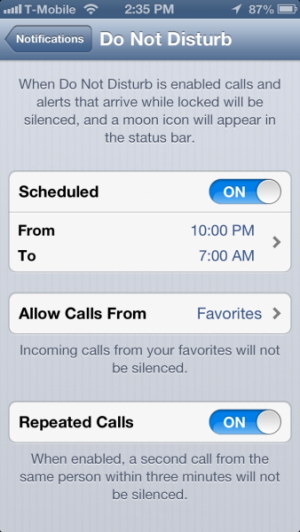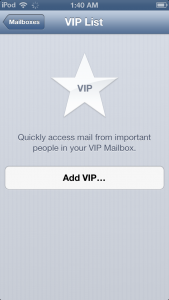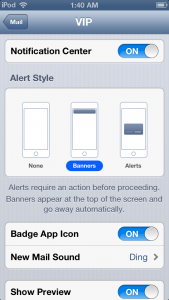How To: Use Notification Center in iOS 7
Notification Center may be nothing new to iOS users, but iOS 7 brings a bit of an overhaul to the veritable notification bar. Here's a guide to what's new, what's different, and what's been removed.
The first big change is that there are now three sections to Notification Center: Today, All, and Missed.
Today replaces many of the widgets that were originally displayed at the top of Notification Center. This shows the current weather in a human-readable forecast, saying what the weather today will be, what the current temperature is, and what the high will be. Below this, Notification Center will tell you what events you have today and show you which events are coming up in the next few hours. Below this, the Stocks widget is displayed. At the bottom, the summary of events for the next day is displayed.
All is the traditional list of notifications: based on how they are sorted in Settings, apps' recent notifications will all display here as they come in. Tap the X next to an app's name in this view to clear out all of that app's notifications.
Missed shows notifications as well, but only ones that appeared while the device was locked. These are not sorted by app, but are sorted purely by when they came in. Clearing the app's notifications out of All or opening up the app the notifications came from will clear it out of Missed.
As well, Notification Center is now available from the lock screen, so you can see the Today, All, and Missed notification views from this screen. As well, you must swipe on the notification itself to open it up - the bottom Slide to unlock bar will always unlock the device, not view the most recent notification.
Many of the settings for Notification Center remain the same as they were in previous versions, particularly arranging notifications for the All view, but there's new settings for the new features. You can control Access on Lock Screen to enable or disable access to the Today view and to view notifications while the device is locked. Disable both to disable the Notification Center pulldown on the lock screen entirely.
The Today View settings control which widgets appear in Notification Center. Most notably, the ability to share to Twitter and Facebook from Notification Center has been removed.
This covers the changes to Notification Center in iOS 7. Now go on, be notified! Be aware!



